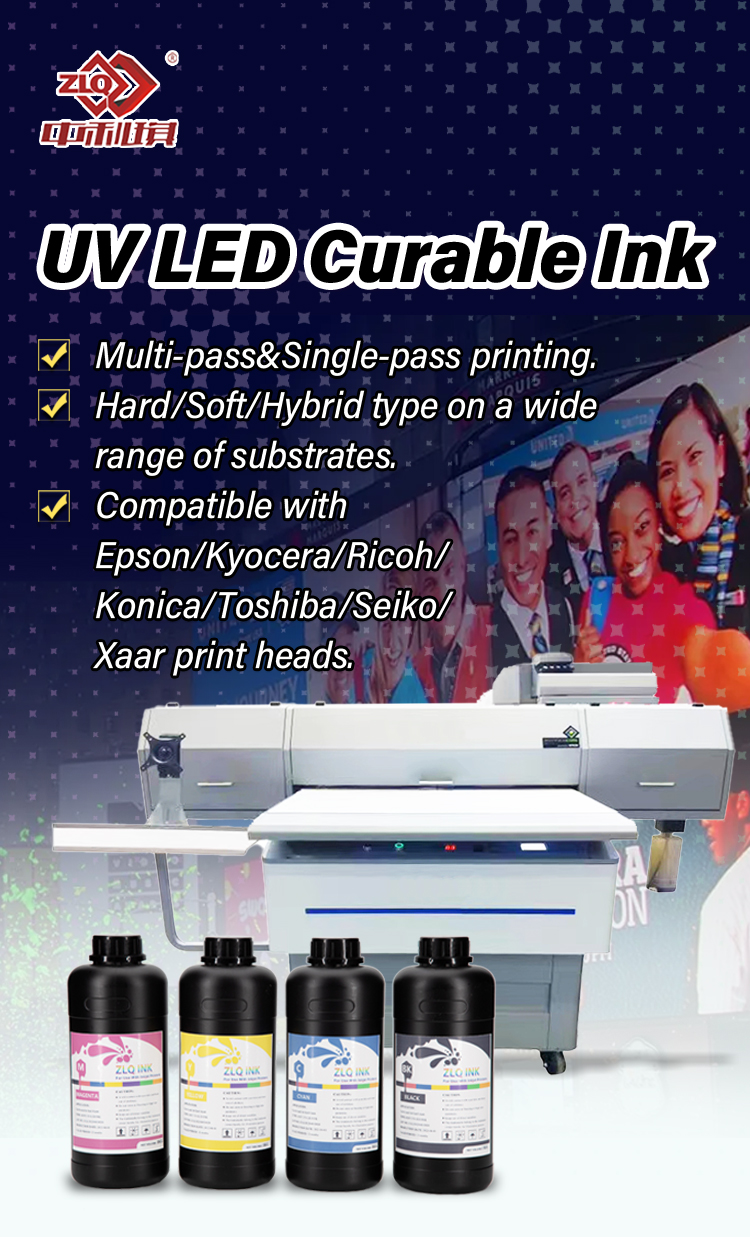
The thickness of the ink layer directly affects the speed of light curing, with a thinner layer curing faster and a thicker one slowing down the process. This is because the pigment on the surface of the ink absorbs some of the ultraviolet light, reducing its transmission through the ink and slowing down the curing reaction. Furthermore, once the ink is exposed to UV light, its surface cures into a glossy film which also impedes light penetration, decelerating the curing of underlying layers.
In packaging printing, achieving a solid and bright color often requires multiple overprintings with the same color, resulting in a relatively thick ink layer. It's important to print and cure each color separately in a timely manner to maintain quality.
However, if the ink is fully cured during the initial printing, it forms a smooth surface that hinders ink adhesion in subsequent overprintings. The ink simply rests on the surface instead of bonding, leading to potential adhesion issues. Control of light intensity is crucial: avoid strong light initially, and increase intensity with reduced passing speed in the final printing stages. This ensures UV light has sufficient energy to penetrate through multiple ink layers, ensuring complete curing.
To summarize, using quality Flexible LED-UV Curable Ink should minimize overprinting due to the challenges in gauging the ink layer's cure degree and the risk of ink layer peel-off.

Related Products